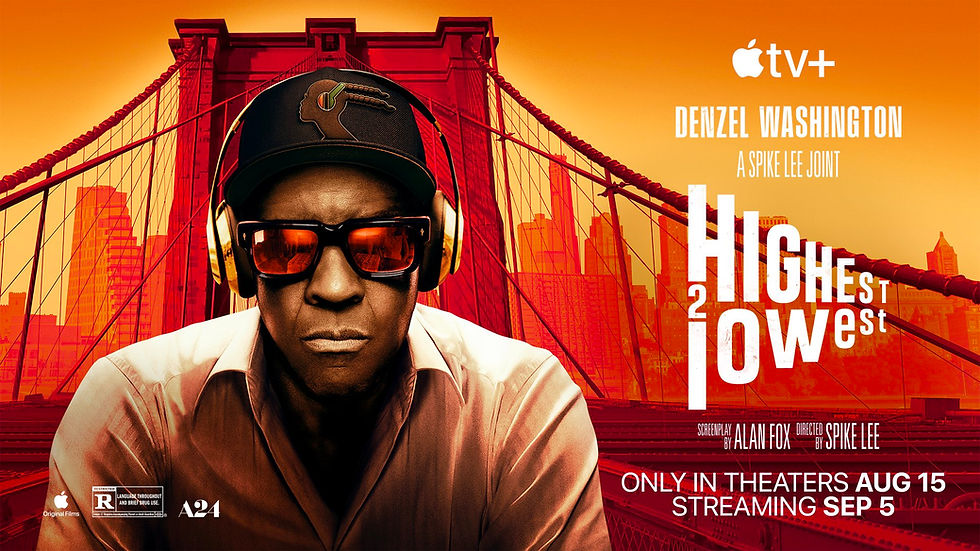Bad Hair Review
- Louis Saddler
- Oct 26, 2020
- 2 min read

For the follow-up to his universally praised Dear White People works, Justin Simien again dons all filmmaking hats to bring another story straight from Black life. This time, he tackles the significance of hair in the Black community and uses it as his foray into the world of horror. Bad Hair is the story of Anna, played by Dear White People and Insecure’s Elle Lorraine, and how her newly installed weave changes her life while taking on a life of its own. Does Simien have another hit on his hands or should Bad Hair be recommended as a punishment for Crown Act violators?
Bad Hair's cast boasts well-known names, personalities, and talent, but the acting still manages to underwhelm. Lorraine impresses as she nails the meekness and emotional scarring Anna carries due to unfavorable opinions about her appearance overriding the talent and skills she brings to the workplace. After Lorraine, the performances dropoff tremendously.
The problem is that the cast outside Lorraine does not have any meaningful screen time. Jay Pharoah and Lena Waithe? They’re in the movie about four minutes longer than you. Kelly Rowland, Usher, and Laverne Cox? About two minutes longer than you. As a result, no one could do anything to elevate the film or sufficiently support Lorraine’s performance.
Things get worse when you look behind the camera. Simien made two big mistakes that undermine what Bad Hair could have been. The most prominent among them is a horror film script that lacks horror.
There is only one genuinely horrifying scene in the film’s 102 minutes – Anna’s visit to Virgie’s salon. Other than that, the focus is on Anna’s career mobility with a few predictable murders thrown in to cover for the lack of horror. Taking this route created a film more like Dear White People than a story that uses horror to illuminate the impact that hair has on the Black experience.
The other issue is Simien does not go deep enough with Bad Hair’s subject matter. Its premise is a home run because it shines a light on the very prominent but often neglected issue of the impact hair has on Black lives, specifically the lives of Black women. Solely focusing on how it impacts a career leaves many aspects of this story untold.
The technical aspect of the film takes it even lower. The filter that was supposed to enhance the retro element is more distracting than it is helpful. The effects used in the horror scenes other than the Virgie visit are lazy and campy even by campy film standards.
Bad Hair should have been a fine addition to the growing collection of horror films based on Black people's traumatic experiences. Instead, it plays out as one of Saturday Night Live’s “diversity” sketches that runs about 97 minutes longer than it should have. If Simien could have made a definitive choice between letting Bad Hair be a horror film or following a true satirical social commentary path, this would be a different review. However, that choice never happened and both aspects of what Bad Hair tried to be were incomplete. I’m still a believer in Simien, but spare yourselves this cinematic equivalent of letting the stylist/barber who never has customers touch your hair.



Comments